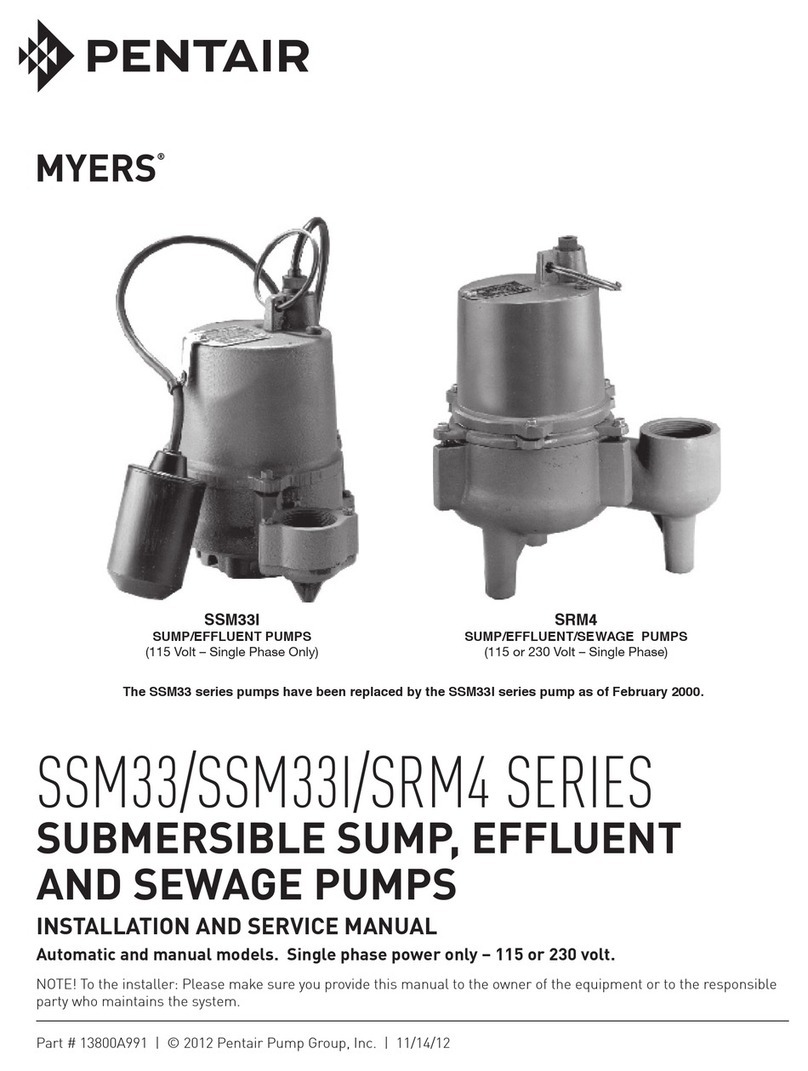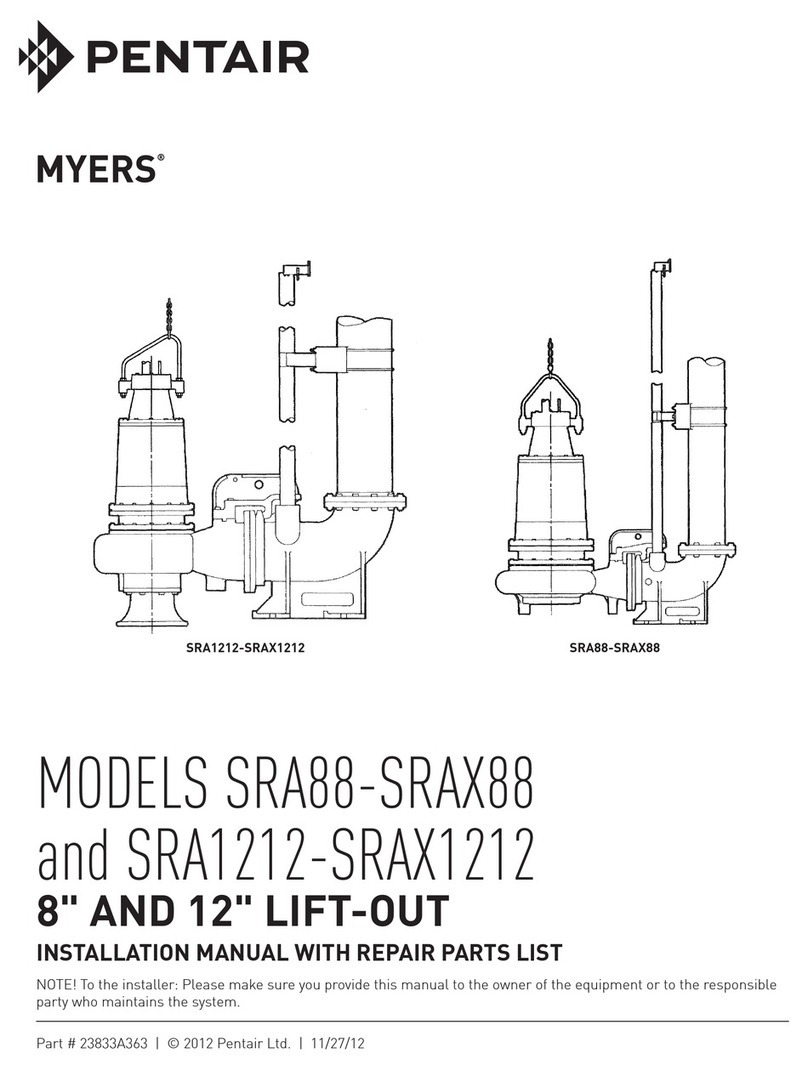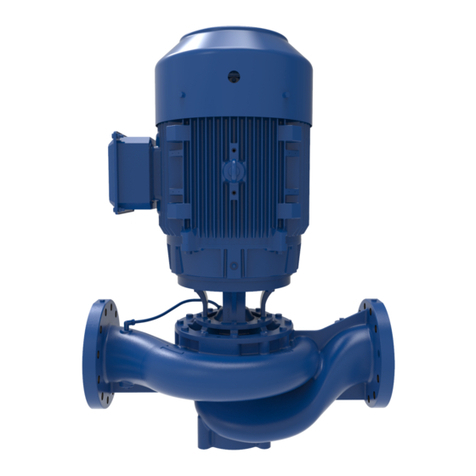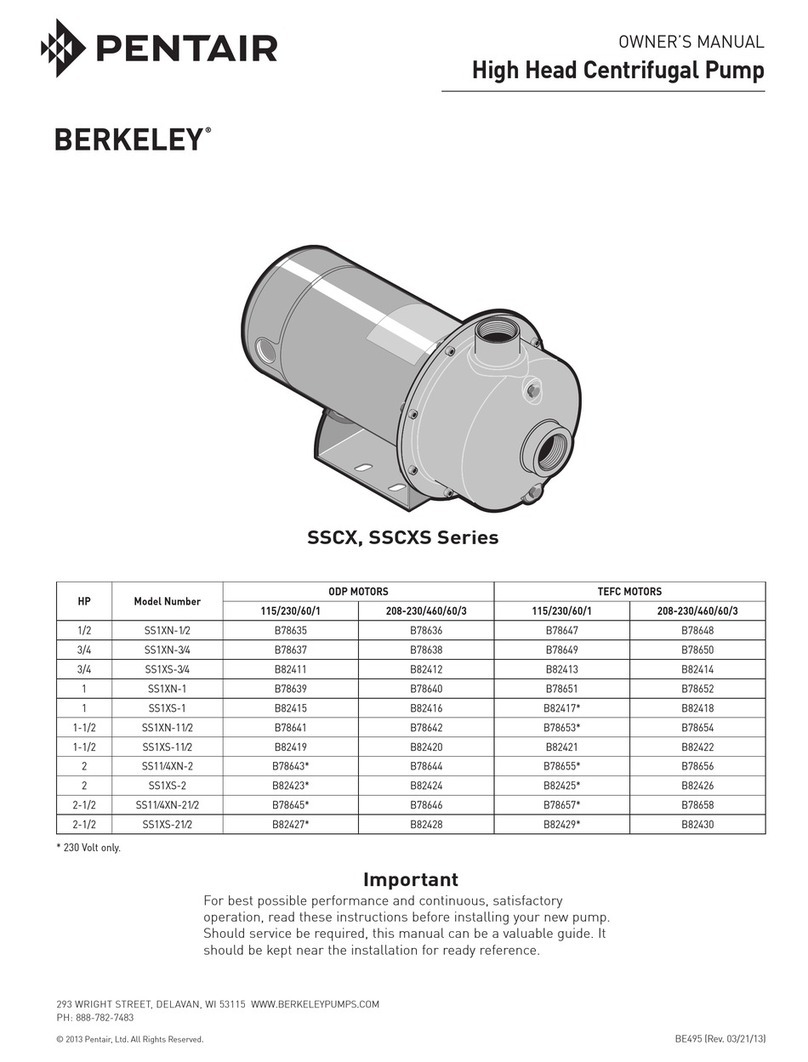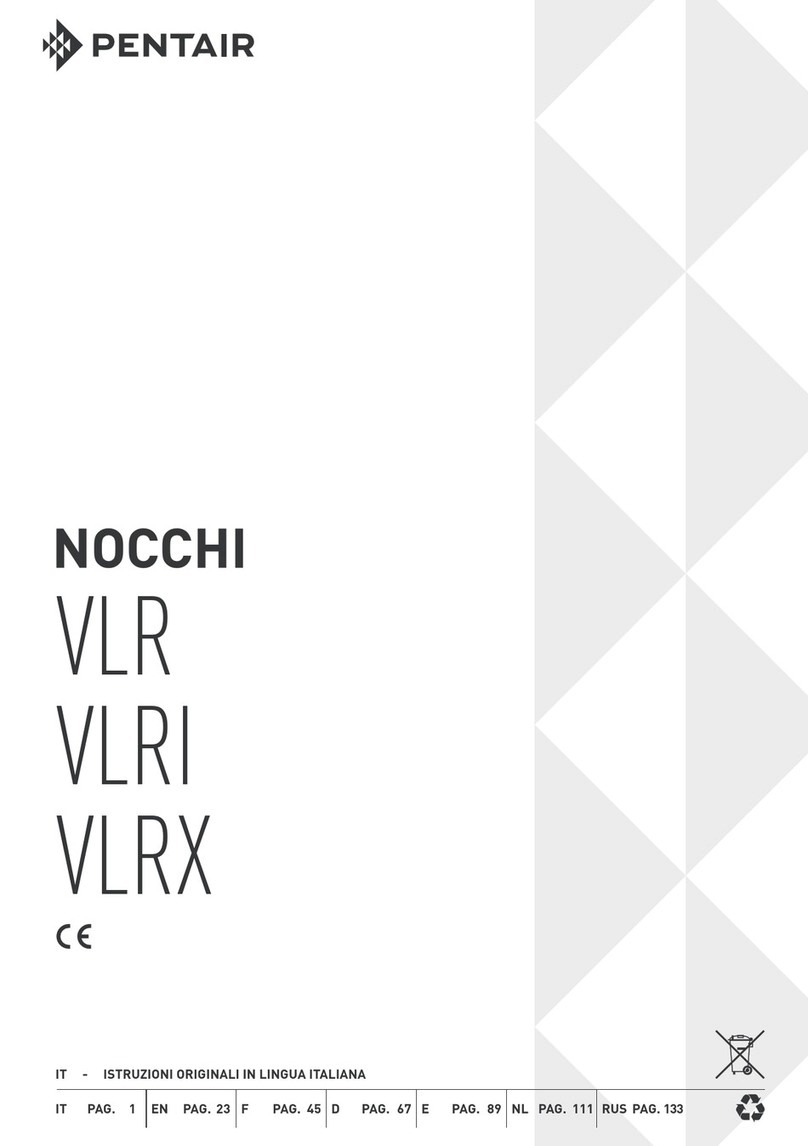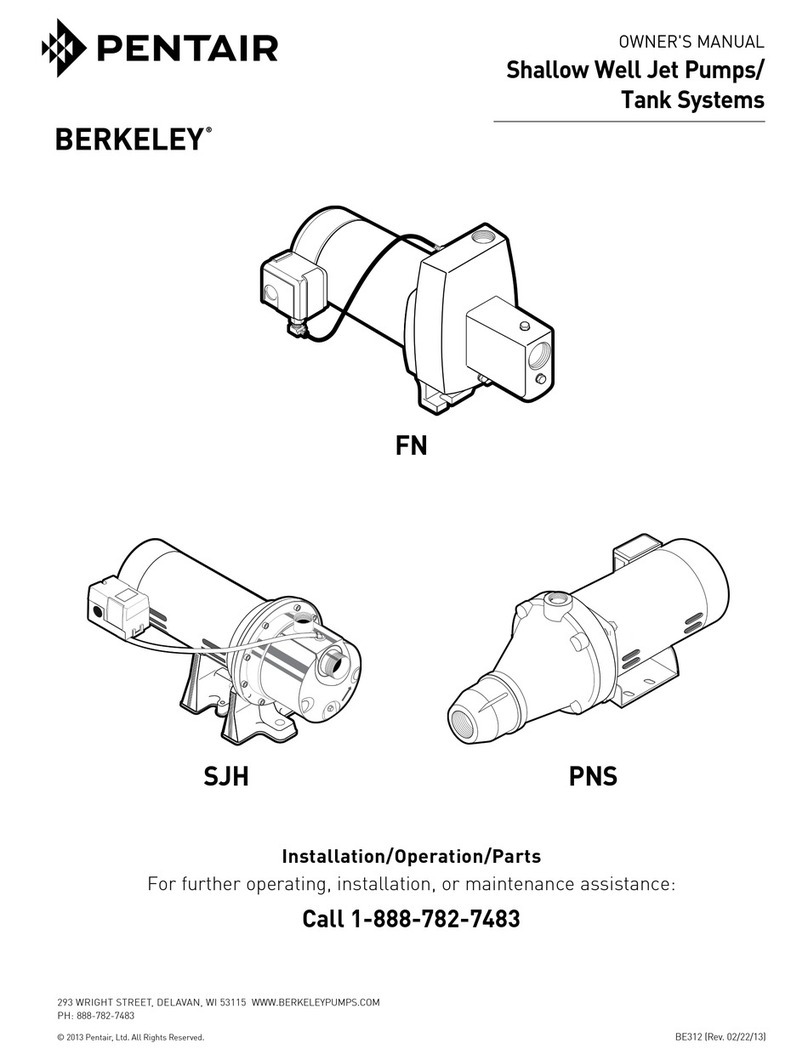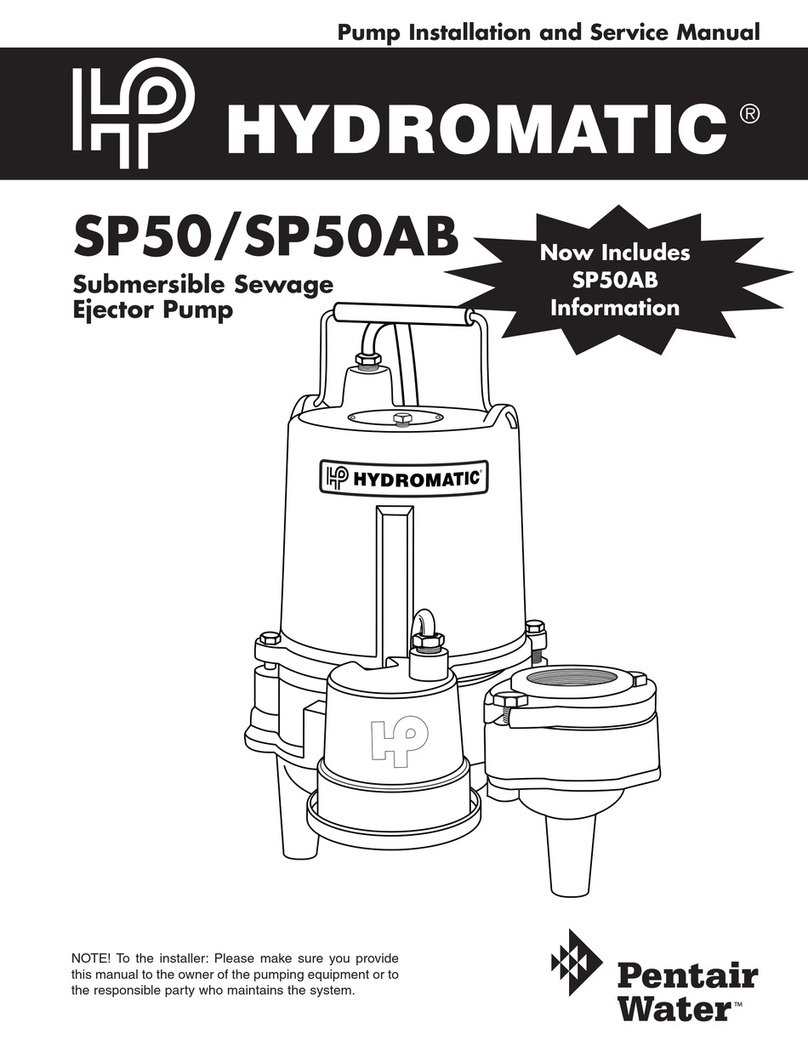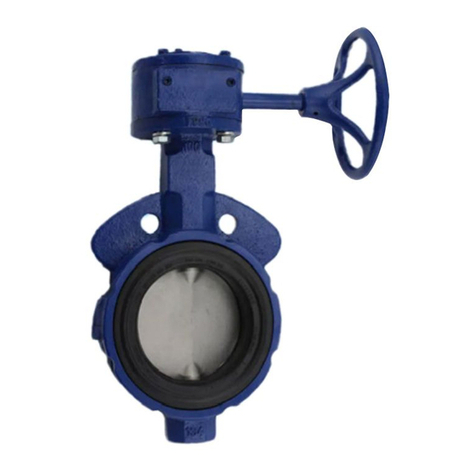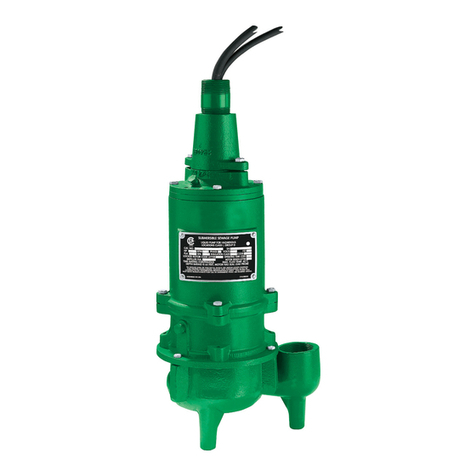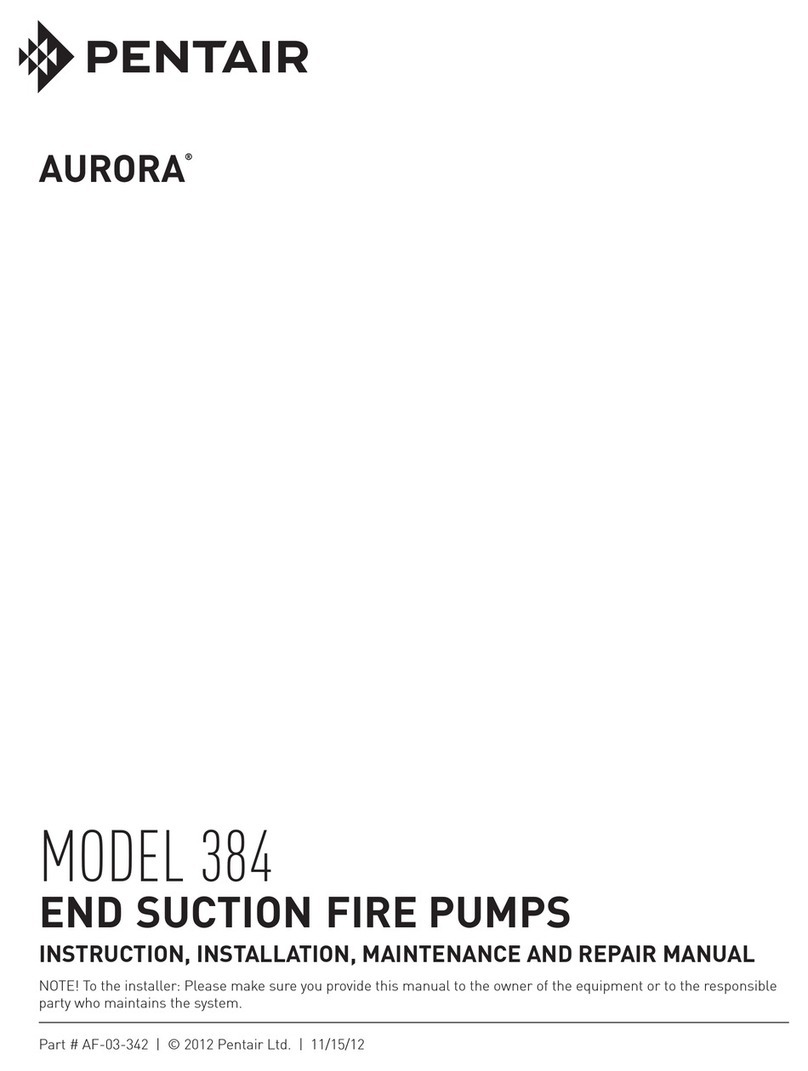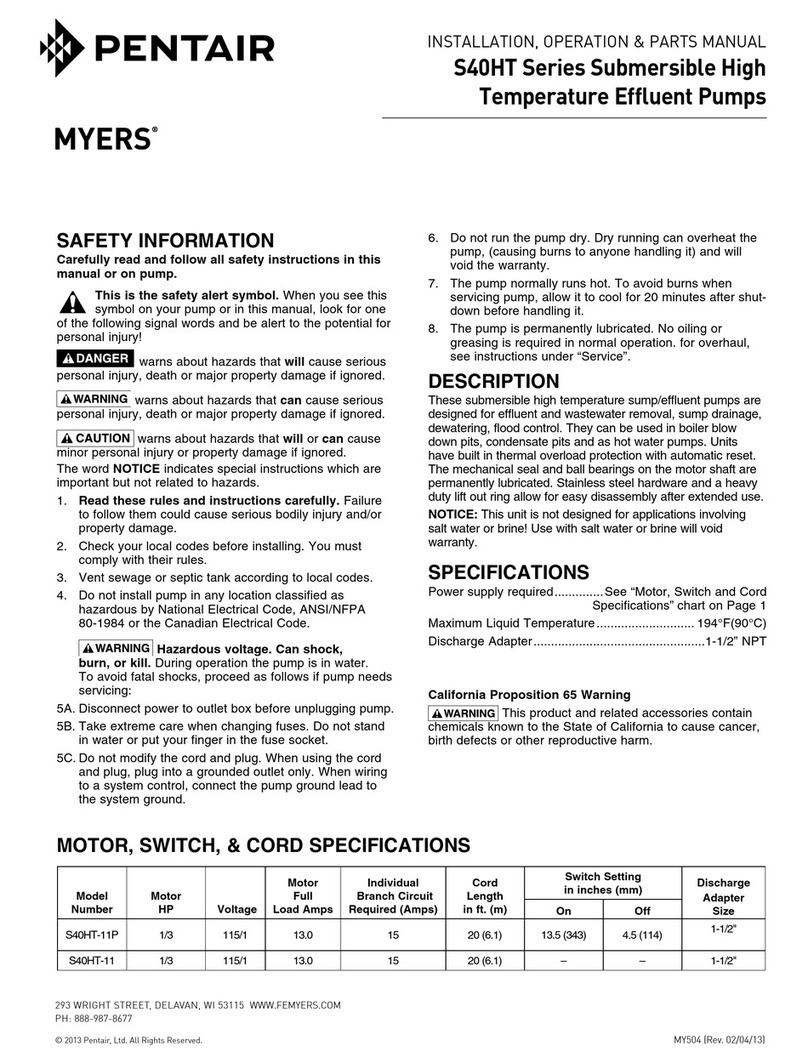
-5-
All Models — Open Center Systems
Models include Tank Port Adapter with built-in Check Valve
Assembly and Pressure Port Adapter.
HM2C and HM4C Models Only — Closed Center and
Small Open Center Systems.
Models include Tank Port Adapter with built-in Check Valve
Assembly and Pressure Port Adapter with three different
size metering orifices for HM4C models. The orifices are not
required for use with closed center systems with flow control,
such as John Deere closed center systems. Also, do not
use for small open center systems with a maximum flow of
8 gpm [30.28 lpm] for HM2C model; 10 gpm [37.85 lpm] for
HM4C model. If necessary, the pressure port adapter may be
used without a metering orifice installed in any closed center
system. For best results, the pressure differential across the
motor should be less than 2500 psi (170 bar).
Preliminary to Mounting
Consult the owners manual to determine the type and
capacity of the hydraulic system. Make sure the hydraulic
system is recommended to operate with a continuous load.
Refer to the Pump Selection Guide to confirm you have the
proper pump for your hydraulic system.
Check to see that the pump impeller can be turned by hand.
(Turn the shaft clockwise using a deep socket wrench on the
impeller nut.) If it cannot be turned, open the pump casing to
look for obstructions. Clean out any corrosion build up where
the casing fits over the eye of the impeller.
Pump Inlet Line
To achieve full capacity from the pump, the inlet line should
be at least the same size as the inlet port on the pump.
Reducing this line size will restrict the capabilities of the
pump. The line must also be free of air leaks. Check all
fittings and connections in the suction line for tightness.
The introduction of air may affect the priming and pumping
capabilities of the pump. Use good quality suction hose that
will not be collapsed by suction.
For non self-priming models, the centrifugal pump should
be mounted below the liquid level and as near to the liquid
source as possible to allow for the shortest suction line
practical. To achieve optimal performance, the suction line
should slope down into the pump. Avoid rises and humps
that could trap air in the line to the pump. The suction line
and pump should be filled with liquid prior to starting the
pump, and all discharge lines should be open.
Pump Outlet Line
The recommended orientation for the outlet port is pointing
straight up. This allows liquid to stay in the pump while it
is priming. The outlet line should be the same size as the
pressure port on the pump to give the optimal flow. The line
should have as few restrictions and elbows as possible to
optimize the pump performance and reduce pressure drop
from the pump to the spray tips.
Priming the Pump
The pump must not be run dry.
Before starting the pump, the inlet line and pump must be
filled with liquid and all discharge lines must be open. On self-
priming models, only the pump chamber needs to be filled
with liquid. The pump must not be run unless it is completely
filled with liquid because there is a danger of damaging
the mechanical seal, which depends on the liquid for its
lubrication.
Non-self-priming models should be mounted below the level
of the liquid. The suction line should slope down to the pump
and be free of dips and bends. If this cannot be done, a foot
valve should be installed in the end of the inlet line so that
the line can be completely filled with liquid before starting the
pump.
For best priming results, the top vent plug should be
removed from the pump casing. A vent line (1/4” [6.35
mm] tubing is sufficient) should be installed running
back to the top of the tank. This line prevents air lock and
allows the pump to prime itself by bleeding off trapped air. The
small stream of liquid that returns to the tank during operation
is negligible. The discharge from this line should be positioned
in the tank above the high liquid level. Self-priming models
can be primed by removing the top vent plug and filling the
priming chamber. The priming chamber will fill to the level
of the inlet port. After use, the priming chamber should be
flushed and drained to avoid chemical corrosion and damage
from freezing. Drain by removing the lower drain plug.
Controlling the Pump Flow
The best way to control the flow is by incorporating two
control valves in a pipe tee immediately after the strainer
in the discharge line. This permits controlling agitation flow
independently of nozzle flow.
In any centrifugal pump, it is the large volume of liquid which
puts load on the drive. Use only the flow needed to develop
the pressure required at the boom and to maintain adequate
agitation. Hydraulic motor-driven centrifugal pumps are
easily adjusted to the exact flow required, as explained in the
Operating Instructions of this manual.
Centrifugal Pump Control
Hypro now offers many different components for spraying
systems. The Hypro centrifugal pump control incorporates
the electric flow control valve, a self-cleaning line strainer, a
visual pressure gauge and a manual agitation control valve.
Flow Control Valve
A high-flow electric proportional valve allows for maximum
flow control to the boom valves. It provides smooth, rapid
control that can be controlled from either an electronic rate
controller or switch box.
Strainers
The recommended placement of the strainer for a centrifugal
pump is in the pump outlet line. This will eliminate any
possible restriction that the strainer could create if it were
installed in the inlet line. Ensure that the proper strainer
size and screen mesh are used to limit the pressure drop
Installation Instructions
L-1526 (12/12, Rev. B)




















